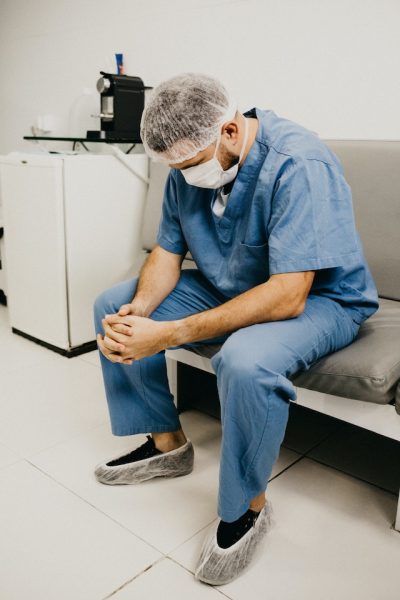“bloodborne pathogens” refers to bacteria and viruses found in human blood or other bodily fluids. These pathogens can cause serious illnesses and pose a safety risk in the workplace.
HIPAA Exams bloodborne pathogens training offers convenient and easy-to-use online bloodborne pathogens training to help ensure you get your certification on time. You can start and pay when you’re ready, and your wallet-sized certificate and ID are instantly sent to your email address.
Why Is Bloodborne Pathogens Training Important?
Bloodborne pathogens training teaches people the precautions to prevent infections, such as using personal protective equipment (PPE) when handling contaminated items. It also provides information about properly disposing of bloodborne pathogens and other infectious materials.
Why Is Online Bloodborne Pathogens Training More Effective?
Online training allows employees to determine their learning pace and start at any time of the day or week. This flexibility helps reduce the time spent in training and enables employees to get their bloodborne pathogens certification quickly.
How Do I Get Bloodborne Pathogens Certification?
The Occupational Safety and Health Administration (OSHA) requires all employees who work with contaminated or potentially infectious materials to complete a course on bloodborne pathogens. These courses provide a comprehensive overview of OSHA guidelines, which protect workers from these dangerous microorganisms.
OSHA Bloodborne Pathogens Certification is ideal for nurses, physicians, dentists, EMTs, lab workers, tattoo artists, and any other professional who may be exposed to contaminated materials in their job. It’s OSHA and CDC certified to provide the knowledge you need to protect yourself and your coworkers from exposure to these harmful substances.
Every employee in the workplace is at risk for exposure to bloodborne pathogens and must receive this critical training.
The Occupational Safety and Health Administration (OSHA) requires this training for all employees likely to be exposed to blood or other potentially infectious materials.
How Do Individuals Get Contaminated With Bloodborne Pathogens?
Individuals get contaminated with bloodborne pathogens when they come in contact with a person exposed to a disease caused by a microorganism that can live in human blood and body fluids. Some of the most common types are hepatitis B virus (HBV), hepatitis C virus (HCV), and human immunodeficiency virus (HIV).
To prevent exposure, individuals must follow Universal Precautions, which means treating all blood as infectious and using personal protective equipment whenever possible to prevent skin contact with blood or other potentially infectious body fluids.
Healthcare workers are often the most at risk for exposure to bloodborne pathogens because of their frequent invasive procedures and the large volume of blood they work with. However, people who work in many different settings can be exposed to bloodborne pathogens.
Who Requires Bloodborne Pathogens Training?
Bloodborne pathogens training is required for anyone exposed to blood or other bodily fluids. This includes people who work in or around healthcare, like doctors and nurses. But it also applies to teachers, firefighters, and laundry staff.
OSHA requires that all at-risk employees receive training on these diseases every year. The training must cover these diseases, how they are transmitted, and the risks of exposure.
It should also include a plan for how to handle potential exposures. This plan must be made available to all workers, and it should be put in writing.
This is a great way for companies to train all their workers quickly and easily. Plus, it doesn’t interrupt their work schedule. They can take the course from home or any other location they choose. They can also start and stop whenever they want.
Why Should I Train My Staff?
To be OSHA compliant, all employers must have an exposure control plan that outlines the procedures to control occupational exposure to blood or other potentially infectious materials (OPIM). This must be reviewed annually and whenever changes in tasks, processes or employee positions create new occupational exposure.


